Introduction
The Male Chain Feeding Line is an advanced feeding system designed specifically for male breeding pigs, also known as boars. In modern pig farming, male breeders play a crucial role in the reproductive efficiency and overall performance of a herd. Proper nutrition and feeding management are critical to maintain optimal body weight, fertility, and longevity. The Male Chain Feeding Line provides a consistent, controlled, and automated method for distributing feed, reducing waste, labor, and stress among animals.
Unlike traditional manual feeding methods, the chain feeding system uses a continuous conveyor chain to transport feed from the central hopper to multiple feeding stations along the barn. This ensures uniform feed delivery, accurate portion control, and easy access for each boar. By integrating automation, durability, and efficiency, the Male Chain Feeding Line addresses the challenges of modern pig production while enhancing animal welfare and operational performance.
This system is particularly beneficial for large-scale commercial pig farms, where maintaining uniform body condition and fertility among male breeders is essential. It can also be integrated with climate control systems, automated feed silos, and farm management software for a fully automated pig house.
Technical Parameters
Product Name | Male Chain Feeding Line |
Feed Capacity per Hour | 500–2000 kg (adjustable by line speed) |
Feed Type | Pellet, crumble, or mash |
Drive System | Motor-driven chain with paddles |
Motor Power | 0.75–2.2 kW |
Feed Line Material | Galvanized steel or stainless steel |
Chain Type | Steel link chain with reinforced paddles |
Line Length | 10–100 m (customizable) |
Feeding Stations | 20–200 pans per line |
Control Method | Automatic timer or manual operation |
Power Supply | AC 220V / 380V, 50/60Hz |
Installation Method | Ceiling-suspended or wall-mounted |
Maintenance Access | Removable covers for inspection and cleaning |
Optional Features | Feed level sensors, automatic stop devices, weight monitoring |
Key Features of Male Chain Feeding Line
Uniform Feed Distribution
The motor-driven chain ensures even feed distribution along the line, reducing competition among boars and promoting uniform body weight.
Automated Feeding Operation
The system can be programmed to feed at specific times, providing consistent nutrition without manual labor.
Durable Construction
Made of high-quality galvanized steel or stainless steel, resistant to corrosion, moisture, and mechanical wear.
Adjustable Feed Volume
Feed quantity can be easily adjusted according to boar age, size, and production stage.
Modular and Flexible Design
The chain feeding line can be extended, reduced, or reconfigured to fit barns of various sizes and layouts.
Anti-Spill Feeding Pans
Specially designed pans reduce feed spillage and waste while allowing easy access for male pigs.
Low Noise Operation
Smooth chain movement minimizes stress for animals and ensures a quieter barn environment.
Safety Features
Emergency stop buttons and protective covers prevent accidents during operation.
Integration with Farm Automation
Compatible with feed silos, climate control systems, and farm management software for centralized control.
Easy Maintenance
Modular chain sections and removable covers allow easy inspection, cleaning, and repair.
Advantages of Male Chain Feeding Line
1. Improved Male Breeder Health
Consistent and precise feed delivery ensures boars maintain optimal body condition and reproductive performance.
2. Increased Reproductive Efficiency
Proper nutrition enhances fertility, semen quality, and overall mating performance.
3. Reduced Feed Waste
Controlled feed portions and anti-spill pans minimize feed loss, lowering operational costs.
4. Labor Saving
Automation significantly reduces manual feeding requirements, freeing labor for other essential tasks.
5. Scalable for Large Farms
Chain feeding lines can serve hundreds of male breeders simultaneously, making them ideal for commercial-scale farms.
6. Hygienic Feeding
Elevated pans and enclosed feed lines prevent feed contamination and improve biosecurity.
7. Long-Term Durability
Robust materials and low maintenance requirements ensure long-lasting operation.
8. Easy Customization
Adjustable feed levels, line length, and pan spacing allow adaptation to different breeds and production stages.
9. Integration with Smart Farming
The system can be connected to digital controllers, sensors, and automatic refill devices for precision management.
10. Cost-Effective Investment
Durable construction, reduced feed waste, and labor efficiency ensure a high return on investment.
Application Scenarios
Boar Stalls in Breeding Farms
Ensures each male breeder receives the correct feed portion, maintaining optimal body weight and fertility.
Group Housing for Male Breeders
Provides equal access to feed while minimizing aggression among dominant males.
Large Commercial Breeder Operations
Supports high-capacity feeding with consistent performance and low labor requirements.
Small to Medium Farms
Simplifies feeding management and ensures precision nutrition without manual effort.
Integration with Climate-Controlled Barns
Works efficiently with temperature, humidity, and ventilation systems to maintain animal comfort.
Research Facilities
Ideal for experiments requiring precise feed control and monitoring of male breeder performance.
How to Use Male Chain Feeding Line
1. Installation
Mount the feeding line along the ceiling or walls using suspension brackets.
Connect the feed hopper or silo to the chain system.
Align all feed pans for easy access by boars.
Check electrical connections and ensure proper grounding.
2. System Configuration
Set the feed quantity per pan based on boar size and age.
Program feeding schedules on the automatic controller.
Test the system to ensure even distribution along the line.
3. Daily Operation
Activate the feeding cycle as per schedule.
Monitor boars during feeding to ensure proper access.
Refill feed silos when needed.
4. Maintenance
Clean feed pans regularly to prevent mold and contamination.
Inspect chain, motor, and drive components monthly.
Replace worn or damaged components promptly.
Lubricate moving parts as recommended.
5. Safety Precautions
Disconnect power before maintenance or cleaning.
Do not stand beneath the feeding line during operation.
Use protective gloves and equipment during inspection.
Frequently Asked Questions (FAQ)
Q1: What is a Male Chain Feeding Line?
A1: It is an automated feeding system designed for male breeders, delivering consistent and controlled feed portions through a chain-driven conveyor.
Q2: Can it handle different feed types?
A2: Yes, it can efficiently distribute pellets, crumbles, or mash feed.
Q3: How is feed quantity adjusted?
A3: Feed quantity is adjustable through hopper settings and chain speed control.
Q4: Is it suitable for group housing?
A4: Yes, the system ensures equal access to feed even in group housing arrangements.
Q5: How often should the system be cleaned?
A5: Pans should be cleaned daily and the chain inspected monthly.
Q6: Can it be integrated with other farm systems?
A6: Yes, it can work with climate control, feed silos, and farm management software.
Q7: What power supply is required?
A7: AC 220V or 380V depending on motor type and line length.
Q8: What is the lifespan of the system?
A8: With proper maintenance, it can last over 10 years.
Q9: Does it reduce labor requirements?
A9: Yes, automation significantly reduces manual feed distribution.
Q10: Does it prevent feed waste?
A10: Anti-spill pans and controlled feed delivery minimize feed loss and maintain a clean environment.
Conclusion
The Male Chain Feeding Line is an essential tool for modern pig breeding farms. By providing accurate feed portions, minimizing labor, and reducing feed waste, it ensures male breeders maintain optimal body condition, fertility, and performance. Its durability, automation, and compatibility with farm management systems make it a long-term investment for sustainable pig production.
By integrating precision feeding, animal welfare, and automation, the Male Chain Feeding Line supports improved reproductive efficiency, better feed conversion, and overall farm profitability. It is a smart solution for any commercial pig farm aiming to optimize male breeder management and production efficiency.
Company Profile
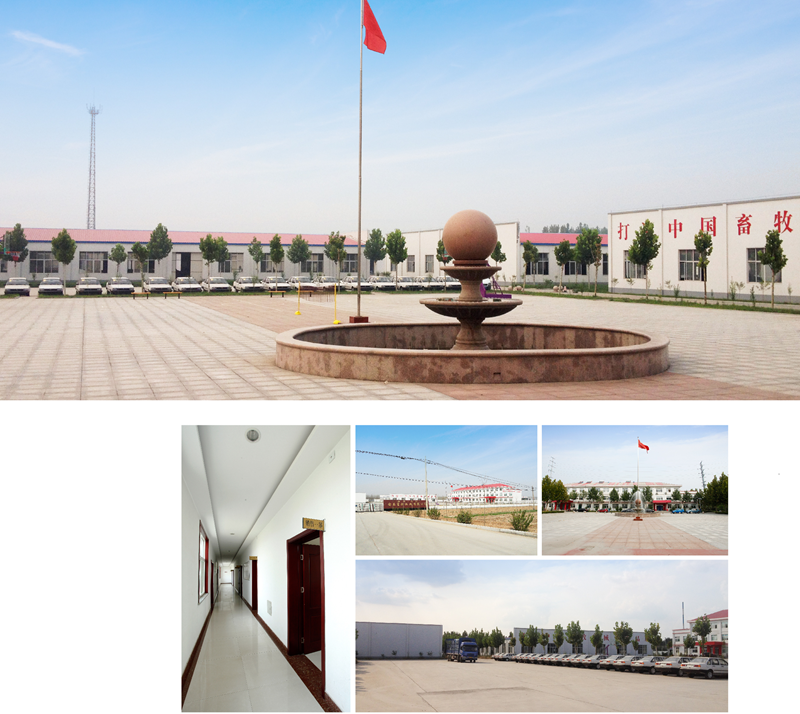
Shandong Huimin Qinle Livestock Machinery Co., Ltd. (formerly Shandong Huimin Qinle Livestock Machinery Factory) is a professional poultry equipment manufacturer with over 20 years of experience. We offer a comprehensive service package, from design (land and chicken coops), production (equipment and prefabricated steel coops), installation, commissioning, customer training, and after-sales service.
Located in Huimin County, Binzhou City, Shandong Province, China, the company has extensive experience in mechanical processing and manufacturing, as well as livestock machinery production and operation. With fixed assets of RMB 15 million, the company employs 160 people, including 30 R&D staff, and occupies a 40,000-square-meter factory. Equipped with over 110 pieces of advanced precision production equipment, including CNC machining centers and laser cutting machines, the company boasts a production capacity of RMB 50 million.
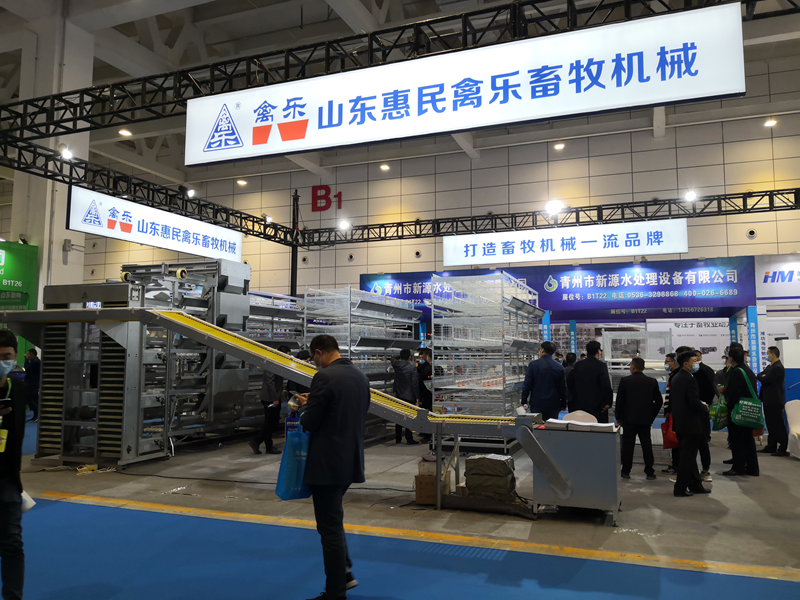


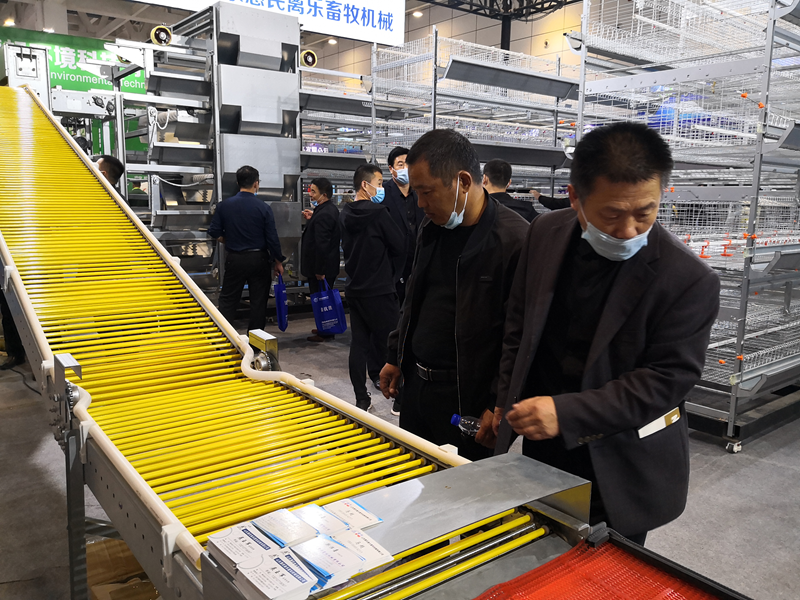
Chicken Farming Equipment Mesh Production Workshop

Machining Workshop

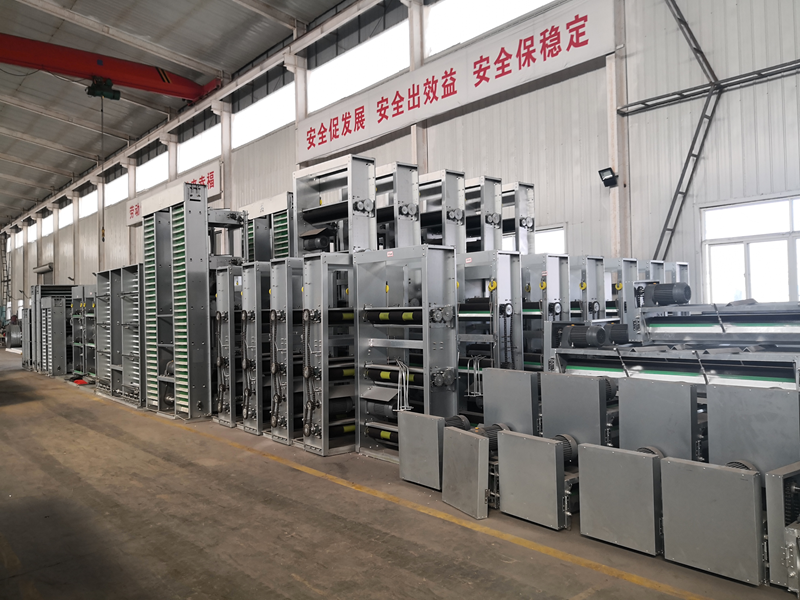
Turret-type CNC Punch Press, Laser Cutting and Other Machining Equipment



Fully Automated Roll Forming Production Line

Hot-dip Galvanizing Production Line

Electroplating Production Line

Environmental Protection Equipment

Chicken Farming Equipment Product Series
Egg-laying Hen Farming Equipment
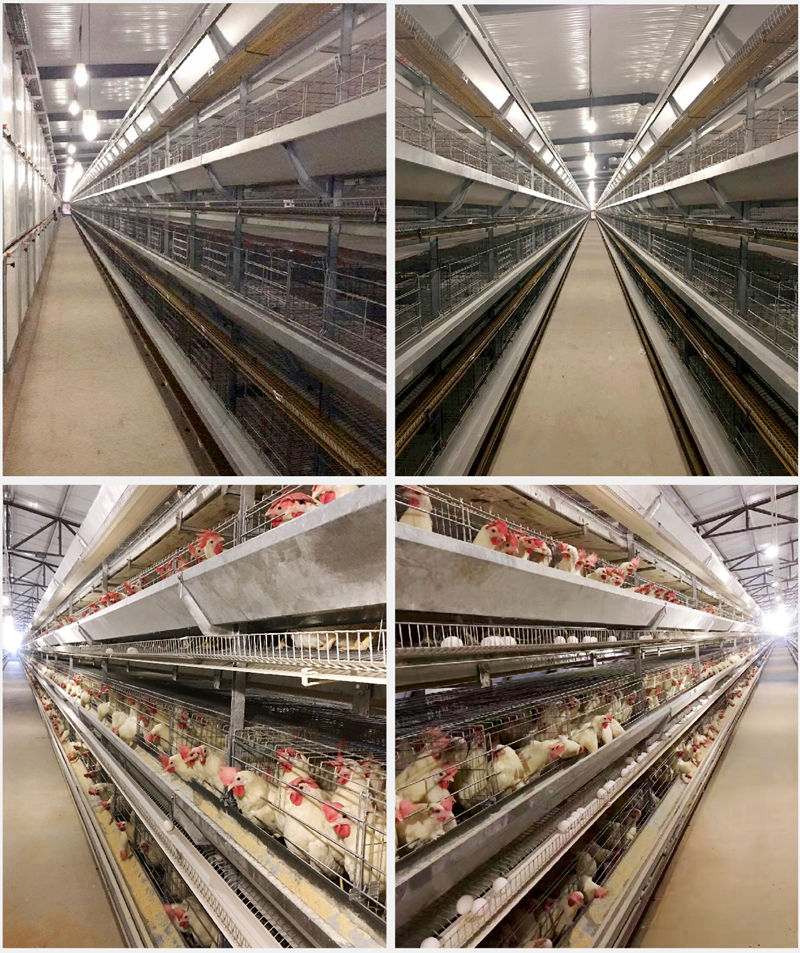
Stacked Brooding Cage Equipment

Stacked Broiler Cage Equipment
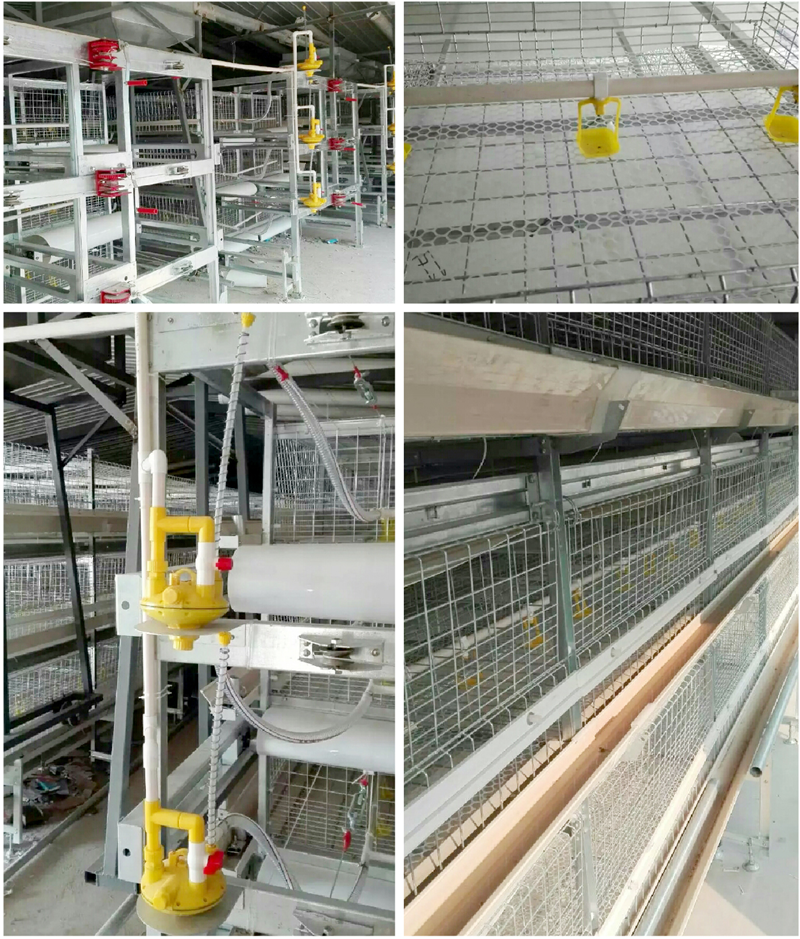
Stepped Layer Hen Cage Rearing Equipment
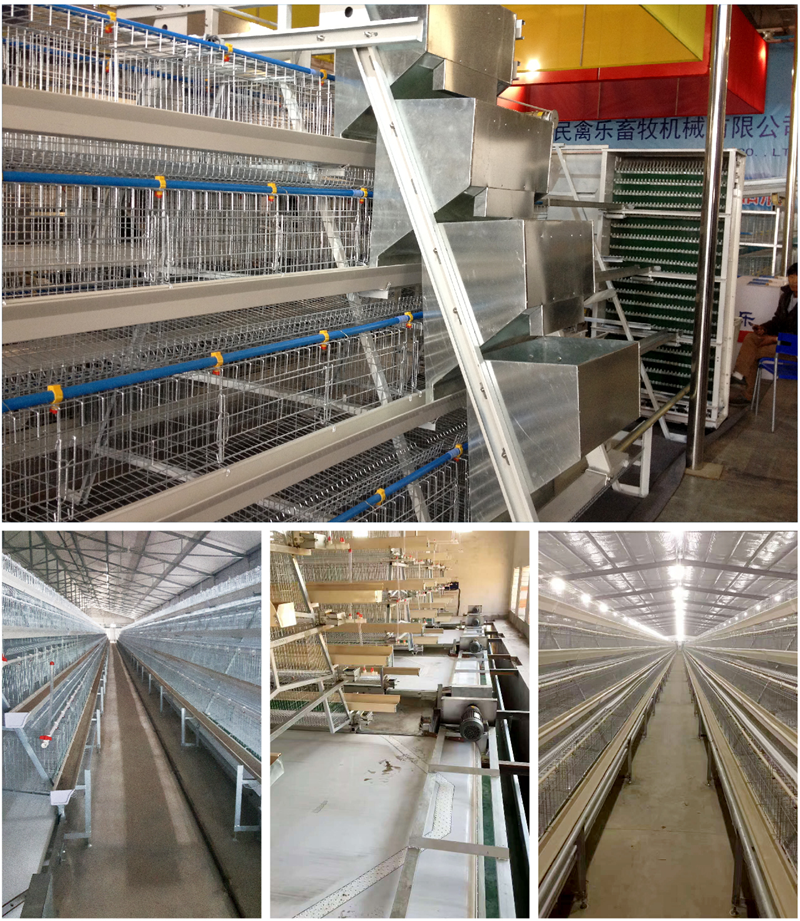
Automatic Egg Collection System

H-type Cage Feeding Machine
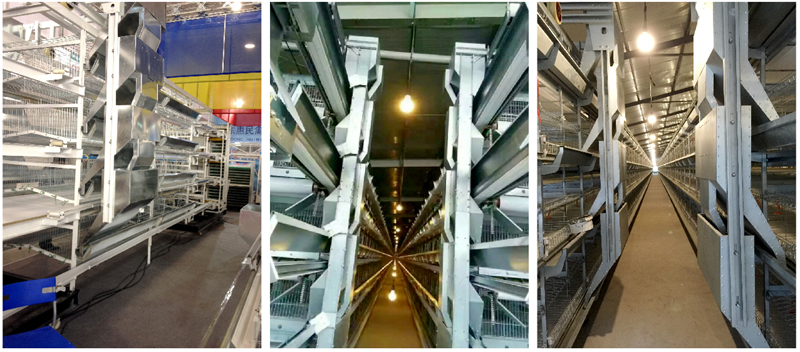
Stepped Cage Straddle Feeder
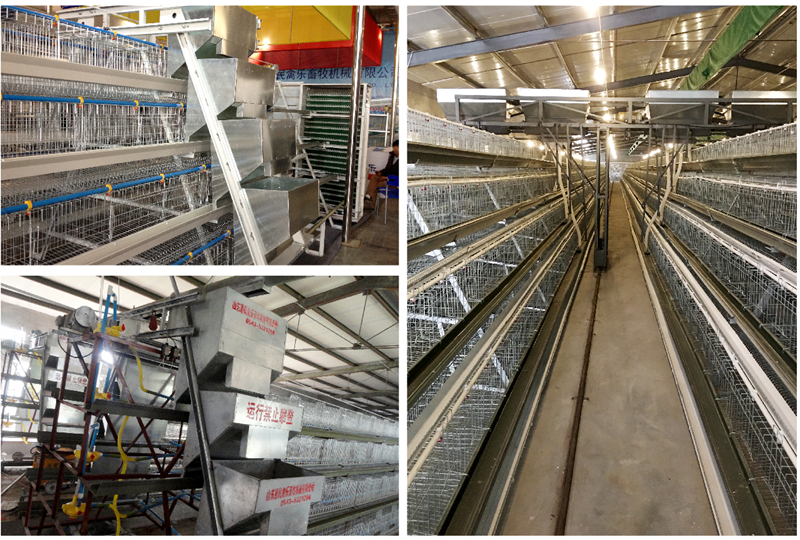
Manure Removal Machine

Fans, Heated Curtains, Environmental Control Systems, and Lighting Equipment
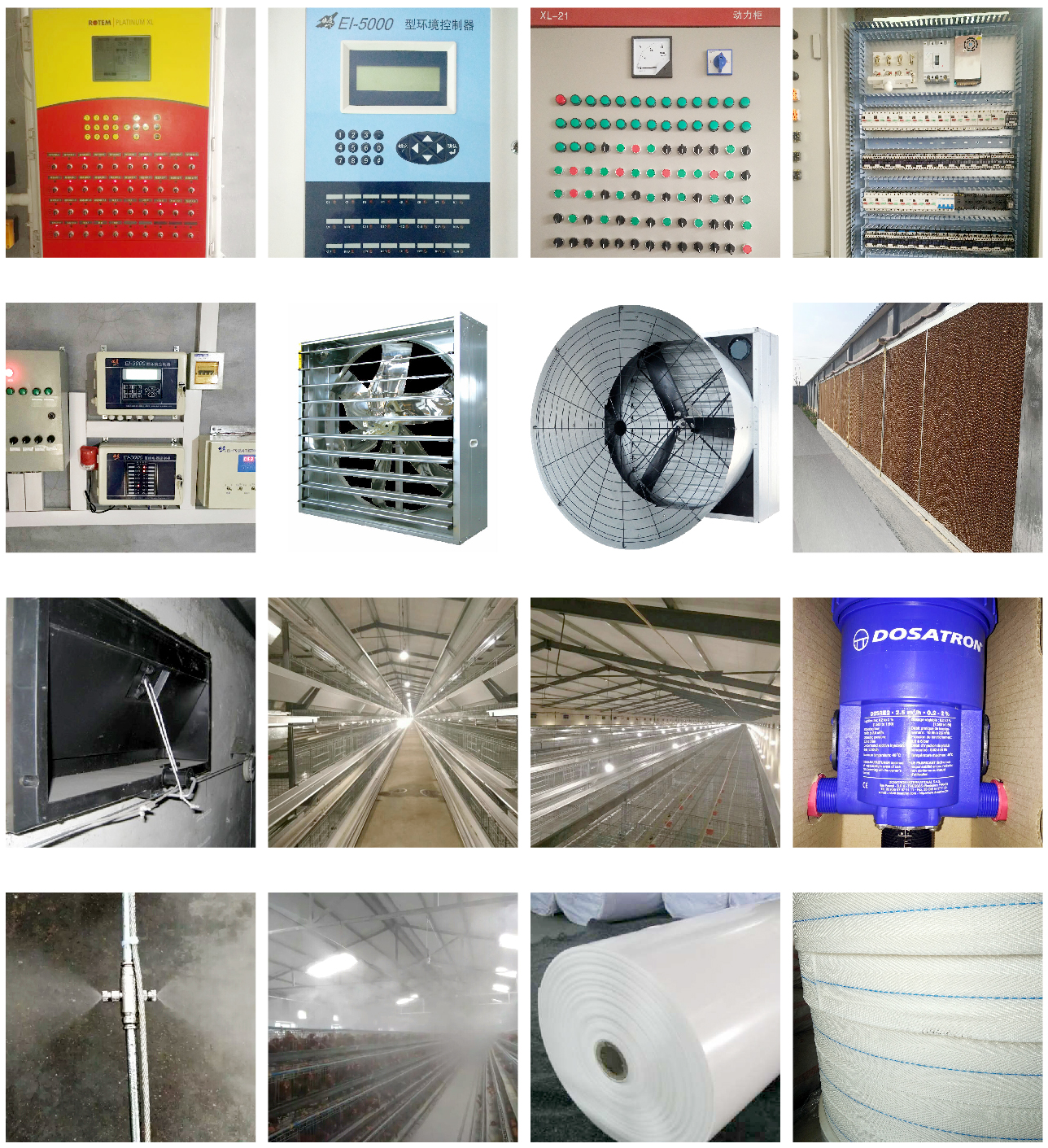
Complete Set of Equipment for Organic Fermentation Treatment of Manure


 Catalogue
Catalogue



































 Whatsapp
Whatsapp Телефон
Телефон